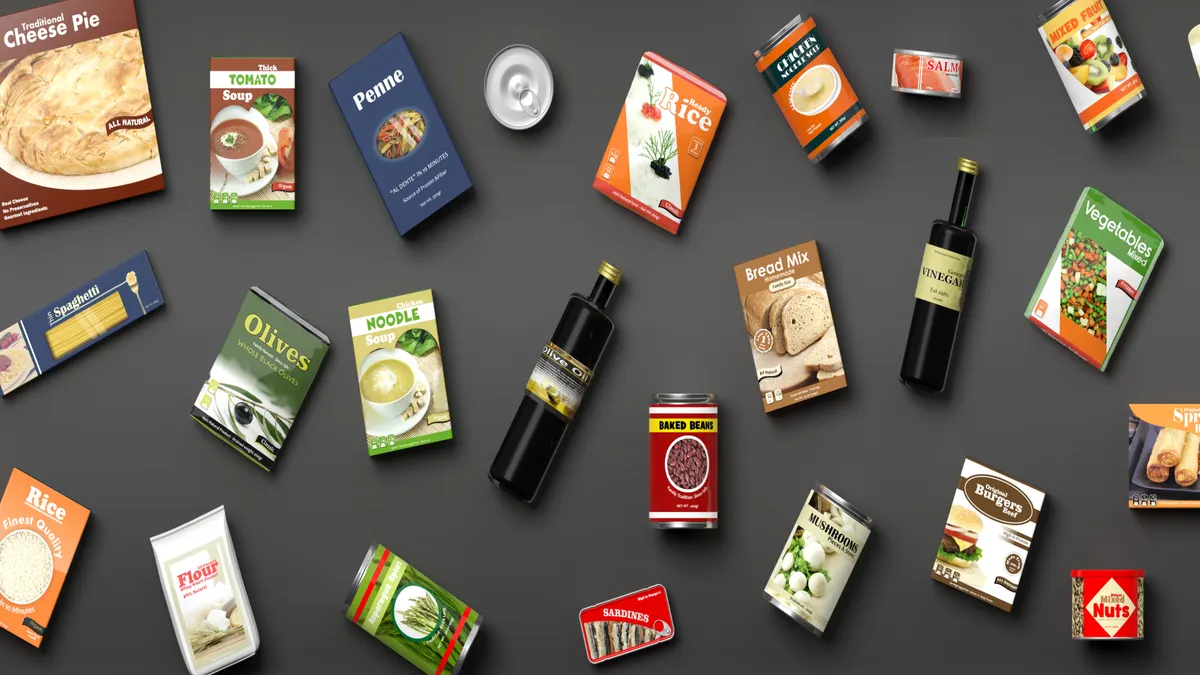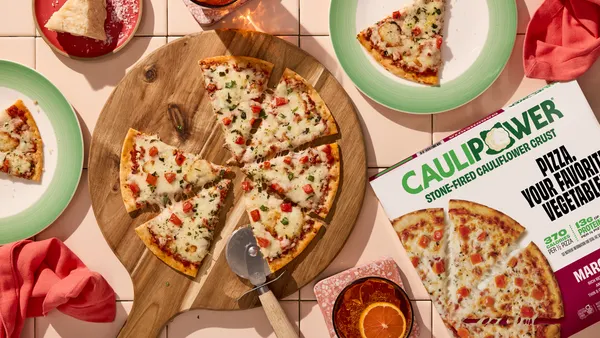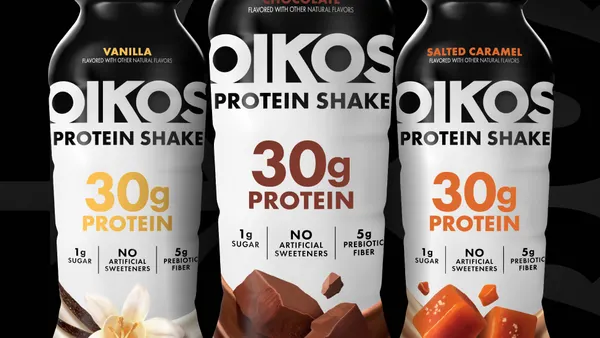The History of Color
For thousands of years, society has accepted color as part of a necessary addition to food and beverage products. Some believe the ancient Egyptians added food extracts to confectionery products to make them look more appealing.1 The Industrial Revolution saw chemists adding chemically-derived ingredients to help restore the color lost during processing of milk and food.2 During the 1800s, food safety, and particularly color safety, became a topic of concern with many Europeans falling ill from toxicity of synthetic compounds.2 In the United States, the Pure Food and Drug Act of 1906 reduced the list of permitted synthetic colorants to 7, including Red 40, Yellow 5 & 6 and Blue 1.3
Today, food and beverage companies around the world are using color to enhance the appearance of products, to achieve a consistent shade in their applications, and to match a flavor perception for their goods. The US FDA’s Code of Federal Regulations categorizes colors into two categories – exempt from certification or certified. “Certified colors are synthetically-derived artificial dyes that must have their purity confirmed by FDA” says Bill Turney, Head of Regulatory Affairs North America at DSM Nutritional Products.
The Influence of Color on the Food & Beverage Industry
Color evokes an emotional response in humans. Maybe your favorite season is summer and orange reminds you of relaxing, endless days and the hot sun. Perhaps red makes you think of your college alma mater, a place you hold close to your heart. Yellow helps you reminisce about your grandma’s homemade mac and cheese; you can still taste the cheesy goodness! What’s your favorite color?
Consumers similarly experience these feelings as they peruse the grocery aisles. They want yellow bananas, red cherries, orange cheddar cheese. As consumers have become more ingredient-savvy over the past decade, the ingredients that are coloring their favorite food and beverages are more important to them than ever before. A 2016 study of more than 400 respondents revealed that 67% of consumers read product labels to determine which ingredient is used to color their groceries.4
Media Influence on Consumers Drives Purchasing Habits
Over the past few years, activists have fueled the fire on colors in the US, with dozens of multi-national food and beverage companies pledging to reformulate their products away from azo dyes due to consumer backlash. In an era when social media is prevalent, mommy bloggers are surely making waves – 81% of moms say they read 5+ blogs per week and 83% of moms find product recommendations from blogs more authentic than traditional media messaging.5In the US, Mintel reveals that more than half of new product launches contain exempt colors.6 Finally, recent consumer concept testing across multiple categories reveal that moms assign a higher “purchase intent” to foods colored with carotenoids vs artificial dyes.7
Carotenoids Deliver a Clean Label and Provide a Vibrant Color Intensity
Beta-Carotene is a top choice for a clean label, as it garners the consumer acceptability and recognition as a “good-for-you” ingredient. 84% of moms feel a product colored with beta-carotene is healthier than a product colored with azo dyes and beta-carotene makes the cut for the top 5 coloring ingredients moms believe have nutritional value.4 The moms are correct! Not only does beta-carotene impart a vibrant yellow, orange or red hue, it also converts to ProVitamin A in the body.
DSM Carotenoids and Technical Expertise are Unrivaled
As the company responsible for the world’s first commercial synthesis of beta-carotene and the global leader in carotenoid production, DSM has the experience and capabilities to help make your products healthier, more attractive and more profitable. With a wide range of product forms suitable for multiple applications, DSM carotenoids can be easily formulated into a variety of food and beverage products to meet your specifications. Whether you’re looking to achieve a pale-yellow tint for French vanilla ice cream, bright red for gummies or orange for carbonated soft drinks, DSM has you covered. DSM carotenoids are an affordable way to reformulate your products, as the cost-in-use to achieve the desired color intensity is typically lower than alternatives.
DSM also provides the technical guidance you need to help incorporate carotenoids into your formulation, with a team of highly trained food scientists and a state-of-the-art Application Innovation Center available for your use in Parsippany, New Jersey. To schedule a tour of the AIC or request a color match for your next project, please contact [email protected].
¹ Meggos, H. (1995). "Food colours: an international perspective". The Manufacturing Confectioner. pp. 59–65.
² Arlt, Ulrike (29 Apr 2011). "The Legislation of Food Colours in Europe". The Natural Food Colours Association. Retrieved 18 Feb 2014.
³ Meadows, Michelle (2006). "A Century of Ensuring Safe Foods and Cosmetics". FDA Consumer magazine. FDA (January–February). Retrieved 21 Feb 2014.
4 Multisponsor Custom Color Survey (Sept 2016)
5 Scoop Marketing News (2015)
6 Mintel Report on Food Colors, 2014
7 Qualtrics, 2017-2018 Proprietary Custom Concepts









